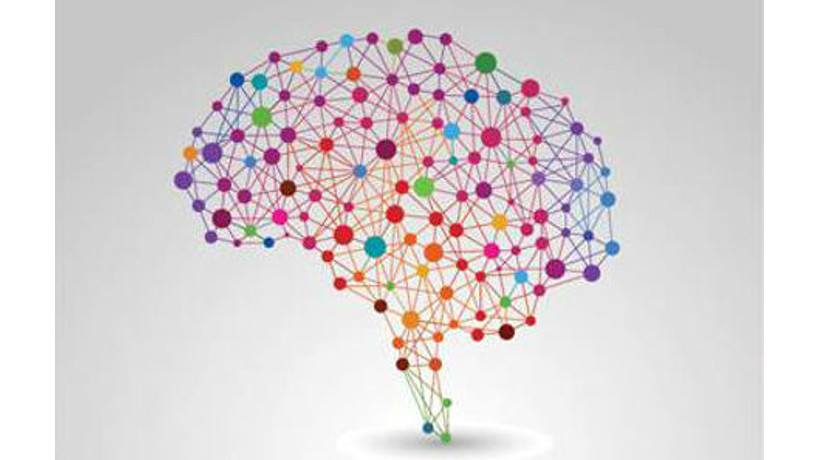CM Group has recently been working with some of our clients on projects related to sleep and fatigue and their relationship to cognitive ability and memory. Fatigue Risk Management Science Limited (FRMSc) is working with CM Group to develop and roll out the web-based version of their System for Aircrew Fatigue Evaluation (SAFE) program, which monitors aircrew work patterns for the major airlines and identifies the factors that may affect their alertness and capabilities. This and other projects have raised some interesting questions about the place of sleep and tiredness in learning.
Sleep
There are innumerable studies on sleep and how much of it we should get. Advice conflicts and changes over the years. The current mainstream view is that adults need between 7 and 9 hours of sleep per day to maintain optimum functionality. Without it you are at increased risk of health problems and, most interestingly for this blog, a “decreased ability to pay attention…and remember new information” (National Sleep Foundation). The fact that most adults in the UK now get only 6-and-a-half hours sleep per night is becoming an issue for business, as staff can become more prone to lapses in concentration or falling ill. How much can an extra hour’s sleep change you? (BBC News 2013.) So what is the relationship between sleep and learning? We all feel more alert after a good sleep. It is not simply the fact that the body is rested. The brain has actually been working pretty hard while you are asleep. The physiology is complex, but the brain spends much of the time that you are in a deep sleep consolidating memories. Memories for facts and knowledge (declarative memories) are consolidated from the hippocampus to neocortical networks forming so called “strong memories”. Sleep scientists emphasise that different things are happening during the different types of sleep with emotional stability impacted by the amount of REM (rapid eye movement) sleep a person gets, and this generally follows on from period of deep sleep. Interestingly, sleep and memory retention are closely linked.
Fatigue
Fatigue is also a complex area of psychological research. A fatigued state can be brought on by a number of factors. The two main ones are tiredness and boredom; the “are we there yet” syndrome. Tiredness is essentially a function of lack of sleep, but boredom from repetitive actions or activities can induce just as damaging a response for learning. If people become bored they establish less effective short-term memories in the hippocampus and, therefore, are less likely to consolidate these into strong, more permanent memories while they sleep.
Instructional Design And Teaching
What effect should this have on our training design? Well, unless you can regulate your students’ sleep patterns, tiredness may seem a little beyond your control. For fatigued students the challenge is to pique their interest, so that a subject becomes fascinating. However, there are a couple of useful thoughts.
1. Tiredness Patterns
Received wisdom is that people learn best in the morning, but only if people have had a good night’s sleep. However, a number of studies of school children indicate that they actually retain learning better in the afternoon (Do children learn better in the morning or afternoon, Val Dowson). Some of this may be explained by the fact that teenagers need a lot more sleep than adults, but are less likely to go to bed early to get it, which may explain why they often annoyingly stay in bed a lot longer. It may also be to do with circadian rhythms. People have peaks and troughs in their level of alertness during the day. For most adults, these dips occur between 2am and 4am and again between 1pm and 3pm. The first is fine, as it is unlikely that you will be doing any training during the wee hours. The second aligns all too well with the post-lunch lull that most trainers have experienced. In light of this, the practice of putting the complex and challenging modules first thing in the morning may have little basis in fact. You may be better utilising the morning in recap and practical sessions that reinforce the information covered the day before, so that they can refresh their memories. And as most experienced trainers will almost instantly do, try and get some lighter, activity focused sessions early in the afternoon. There is also a point for instructors to think about with regards to the age of their audience. As I have said, teenagers need more sleep, but they also have slightly longer and later circadian dips, between about 7.00 am and 9.30 am and again between about 3 pm and 5 pm, so if you have a young audience, you should emphasise fun and physically active training components at these times. At around 50 years of age people start to become “morning people”. If you have a class of older students you should focus more challenging content in the mornings.
2. Fighting Fatigue With Fascination
For fatigue there is less empirical evidence, but still some useful indicators from psychological studies. One of the most interesting is the place of “fascination” in learner engagement. For a subject to be fascinating it must have an intrinsic interest, which keeps students from becoming bored. In an exploratory study of the effect of high and low fascination environments on attentional fatigue (Berto et al, 2009), the study looked at students’ ability to remember details from a number of photographs that had been rated for their fascination value. The results showed that after undertaking repetitive, predictable tasks students could recall more of the high fascination value images than those rated as low fascination. The implications for instructional designers and trainers are challenging. You need to identify the intrinsically interesting elements of your training and focus these at the circadian dips. Fatigued students will remember fascinating content more easily than they will other content, not because they are any more alert but because fascinating content is easier to absorb. In training, the most fascinating content is usually practical exercises, role-plays and so forth. But this is not just a question of “putting in an exercise”. If the exercise actions are repetitive or they have a predicable outcome students will quickly become bored which will increase their fatigue. So don’t make it easy. The activities must be challenging and the outcomes interesting enough to create a state of “flow” in students; that level of interest that makes a learner want to persevere irrespective of the effort, because it becomes effortless.
Conclusion
Fatigue and tiredness have significant, measurable effects on learning. While people commissioning or delivering training should strongly recommend that students get a good night’s sleep to get the best out of their training, there is design and delivery work that harness the circadian rhythms of the audience to make the training even more effective.








